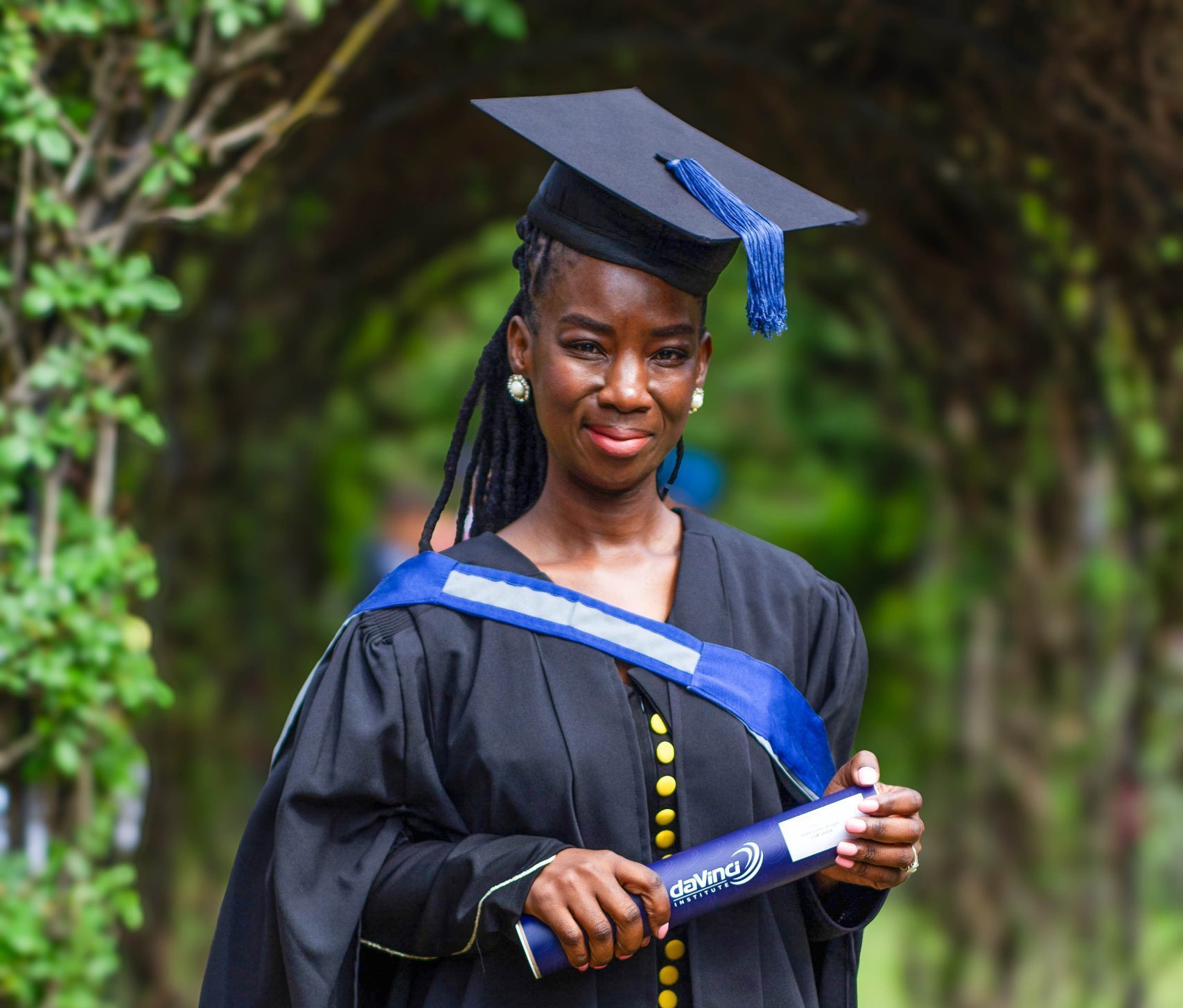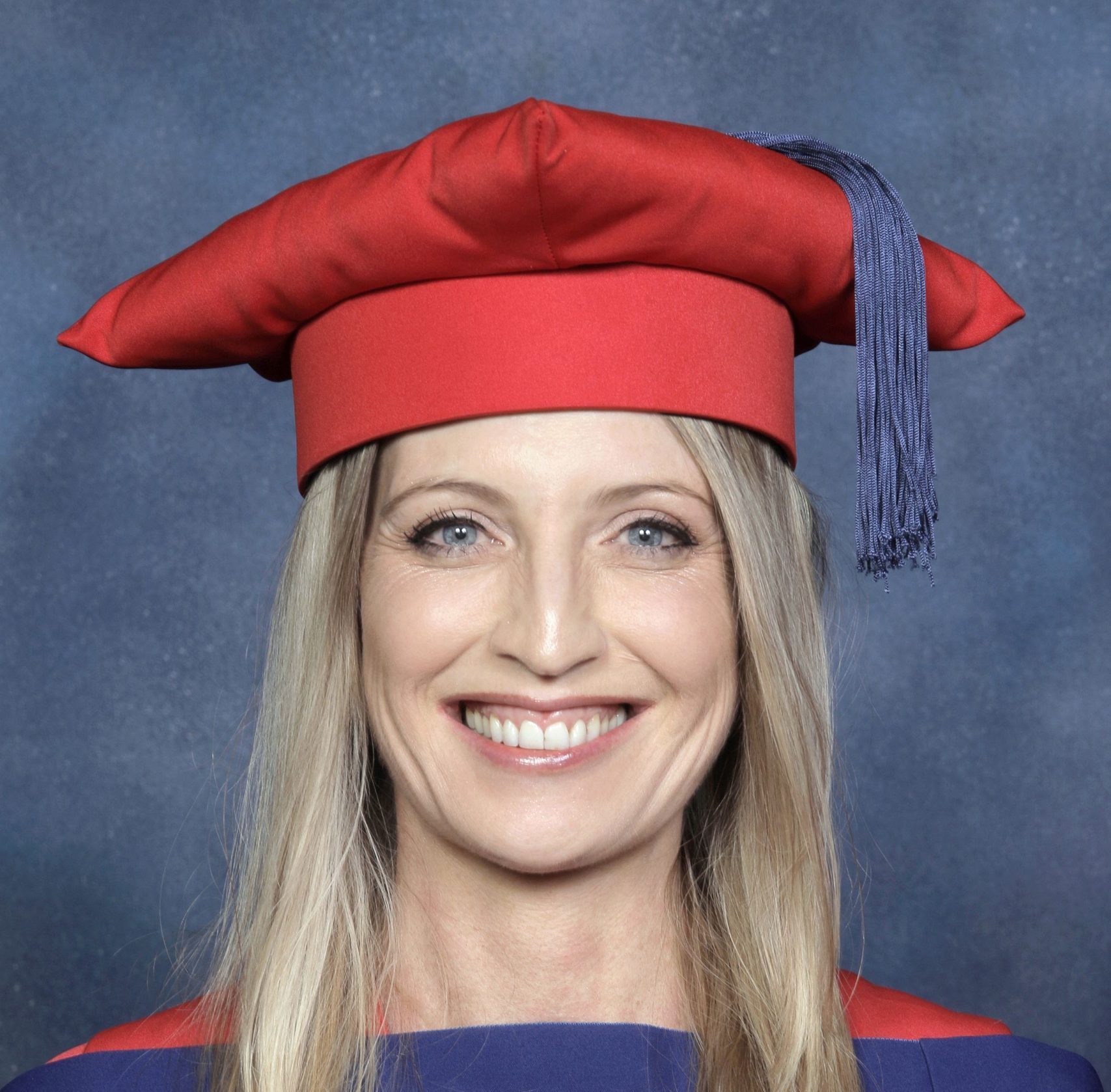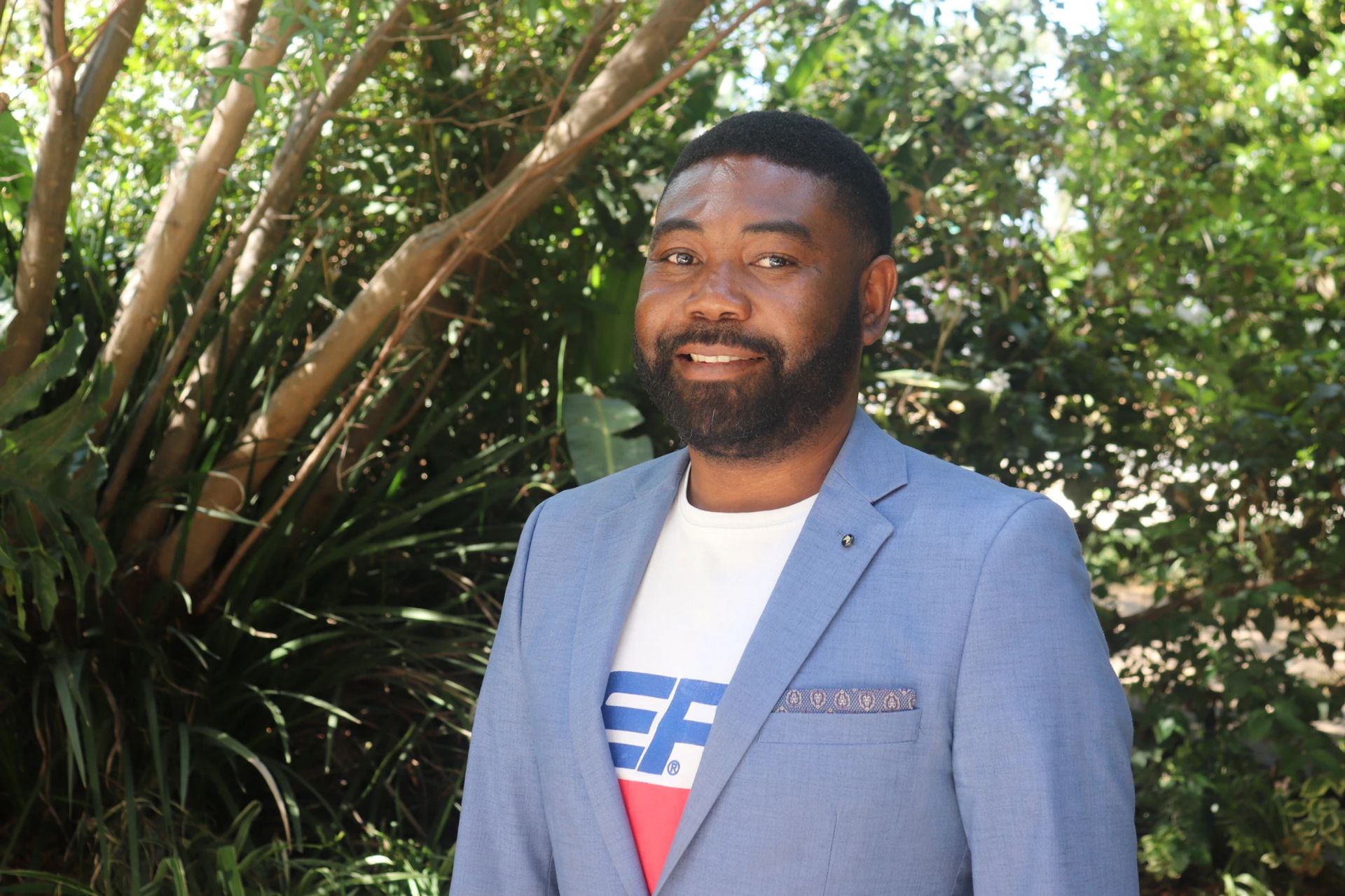Dr Arnoldus Daniel du Plooy, Could you please give us a brief overview of your career to date?
I began my career with Eskom in 1980 at Matla Power Station, which was still under construction at the time. I started as a chemical analyst in the chemical environment. From there, I moved to Eskom Research Investigation, where I conducted research within the water environment, working on several projects, including Morepule Power Station.
Later, I transitioned to the Primary Energy Division, which is responsible for coal supply to power stations. During this period, I was asked to assist the Human Resources Department, an unexpected move since my background is in chemical engineering. However, that experience opened my eyes to one of the organisation’s biggest challenges: a shortage of skills.
It was during this time that I engaged with Professor Roy Marcus, and together we initiated and helped fund the start-up capital for what would become The DaVinci Institute. From a corporate and organisational perspective, I was instrumental in helping establish the institution, sourcing students, contributing to curriculum development, and supporting the design of courses to be presented.
In a few words, how would you describe your journey to completing your qualification?
To be honest, it was a challenging journey, primarily because of the immense workload I carried. At Eskom, I was responsible for assessing capital projects. I was also involved in several international collaborations and presentations in countries such as Wales, the United Kingdom, and Canada.
Balancing these responsibilities left little time for academic work. However, during the COVID period, I finally had the opportunity to focus. I put my head down and committed to completing my doctorate.
One of the main challenges I faced was limited interaction during my doctoral journey compared to earlier degrees. The PhD experience is different, it requires far more self-direction. I also faced challenges with supervisory alignment, as my topic was deeply technical and my supervisor had a demanding schedule. Still, we worked through it, and the experience taught me the value of perseverance and patience.
Can you share a moment or experience during your doctoral studies that had a profound impact on your thinking or approach to your research?
Absolutely. Having been part of The DaVinci Institute from its early days, I’ve witnessed how it challenges traditional ways of thinking. My experience as both a practitioner and scholar changed how I approached research, it moved me away from narrow academic thinking to a broader, systems-based view of the world.
At DaVinci, learning is not confined to handbooks or linear thinking. It’s about breaking boundaries, questioning assumptions, and understanding systems as interconnected. This mindset shaped both my research and my professional approach. It encouraged me to look beyond technical frameworks and see how theory, technology, and people interact in a real-world context.
How did you incorporate The DaVinci Institute’s TIPS™ Framework into your study, and what value did it add?
The TIPS™ Framework, which stands for Technology, Innovation, People, and Systems, was central to my research. It allowed me to approach my work holistically, connecting the technological and human aspects of organisational systems.
Technology evolves at an incredible pace, and my thesis was built on the backbone of Artificial Intelligence (AI). The TIPS™ approach gave me the structure to explore how technological and process changes can support decision-making and innovation within large organisations.
My model combines four types of analytics, diagnostic, descriptive, predictive, and preventative, into one integrated system. This was the first time these dimensions had been combined into a single model. The system identifies what went wrong, why it happened, and how best to prevent it from recurring. It acts as both a learning and assessment tool, guiding project teams in real time and during post-project evaluations.
Working with a software development team in Europe, I’m now in the process of automating this model, which demonstrates how academic research can translate directly into practical business innovation. The framework also highlights inclusivity and access, ensuring that even those from rural or under-resourced backgrounds can benefit from tools that guide learning and problem-solving.
What advice would you give to incoming doctoral students?
Read, read, and read some more. Spend more time reading than writing, because reading gives you the depth of knowledge and perspective you’ll need. Before you begin your doctoral journey, decide what you want to achieve, have clarity on your purpose.
You must also understand the challenge you’re addressing. Be able to distinguish between a genuine research problem and a perceived one. That distinction will guide your work. My own research drew from over 227 academic sources, which gave me the lens to see things differently, to look at systems from a core fractal perspective. That ability to see patterns, connections, and deeper meaning is what truly defines a scholar.




Leave a Reply